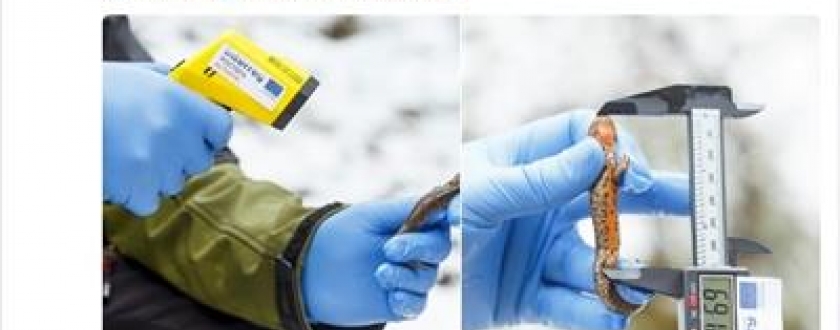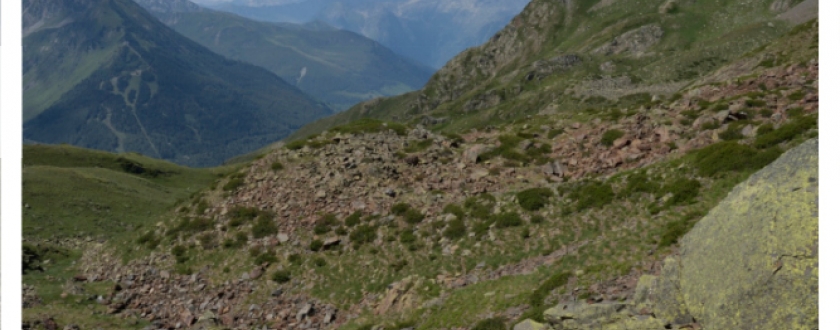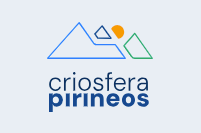ECTOPYR: Pyrenean ectotherms as bioindicators of climate change
Description of the case study
ECTOPYR takes advantage of the cross-border distribution of Pyrenean species (5 lizards, one snake, and a salamander) to use them as bioindicators of the effects of climate change, from the local scale to the entire massif, and with a past-present-future focus.
ECTOPYR produces distribution maps fed by climate, topographic, and biological data to (1) evaluate the environmental bioindicators’ response to climate change, (2) describe natural long-term climate variability on a regional scale, and (3) produce prediction tools based on bioindicator climate change effect modelling. These advances provide a decision-making tool with the aim of encouraging sustainable mountain development and enhancing in-depth knowledge of Pyrenean ecosystems available to the cross-border public.
ECTOPYR will significantly contribute to improving regional adaptation to climate change
» Identifying and perpetuating bioindicators of climate change, ideally endemic or ones with high heritage value, on a Pyrenees regional scale.
» Raising awareness on climate change across borders and in all strata of society (school children, tourists, agents, intermediate agents, local managers, scientific community).
» Being a step towards sustainable regional development in the Pyrenees, while promoting the idea of a cross-border area to the public and intermediate actors as a single space with a reduced border effect.
» Spreading scientific knowledge to the greatest number of people possible.
» Evaluating bioindicator response to climate change.
» Describing the natural long-term climate variability on a Pyrenees regional scale.
» Producing prediction tools based on the effects of climate change on bioindicators, and fed by climate, topographic, and biological data to obtain current and future bioindicator distribution maps.
» Making this tool available for decision making, to benefit intermediate actors, local managers, scientific communities, and the cross-border public on the whole.
» Contributing to improving regional adaptation to climate change.
» Collecting a presence-absence database of 336 natrix mauras, 137 Aurelio's rock lizards, 903 Pyrenean rock lizards, 212 Aran rock lizards, 2,328 common wall lizards, 849 viviparous lizards, and 1,481 Pyrenean brook salamanders.
» To date, 3 films have been produced, 18 scientific publications have been published, and it is calculated that a total of 350,000 people (both in the Pyrenean area and beyond) have been introduced to the project.
Films:
» Los guardianes de la montaña
» Calotriton: El Clima, l'Aigua, l'Amfibi
» ECTOPYR: los pinares antes del cambio climático
» Producing current and future distribution maps based on the different global warming scenarios for 2050 and 2070.
The case study was developed and applied as a climate change adaptation measure.
CNRS SETE (FR), Nature en Occitanie (FR), BOMOSA (AN), CRARC (ES).
Additional Information
The CNRS in Moulis (SETE), BOMOSA, CRARC, and Nature en Occitanie work together within the project’s framework, and provide knowledge to researchers, university students, nature managers, national authorities, local managers, local and regional politicians, the public in general, and mountain users.
Tools used:
» Scientific publications, films, radio, television, awareness-raising material on the climate change problem in the Pyrenees with the aim of improving knowledge at local level.
» The distribution maps will provide a decision-making tool for biodiversity managers and for informed mountain region anthropisation (considering biodiversity aspects in development plans).
The extensive presence-absence database collected through the project could be considered a success. In addition, awareness-raising products such as 3 films and 18 scientific publications were produced within the framework of the ECTOPYR project, reaching more than 350,000 people in the Pyrenees region and beyond.
The project was backed by a total budget of 1,400,000 euros, which is able to finance up to 10 years of accumulated salaries.
This project is part of the INTERREG POCTEFA programme, and is framed by the priority axis “Promoting climate change adaptation and preventing and managing risks”, the investment priority “Supporting investment for climate change adaptation, including ecosystem-based focuses”, and the specific objective “Improving regional adaptation to climate change”.
02/01/2017 - 31/03/2020 (3 years - completed)
Reference information
PYRENEAN CLIMATE CHANGE OBSERVATORY
Avenida Nuestra Señora de la Victoria, 8
22.700 - Jaca
Huesca - España
+34 974 36 31 00
info_opcc@ctp.org







